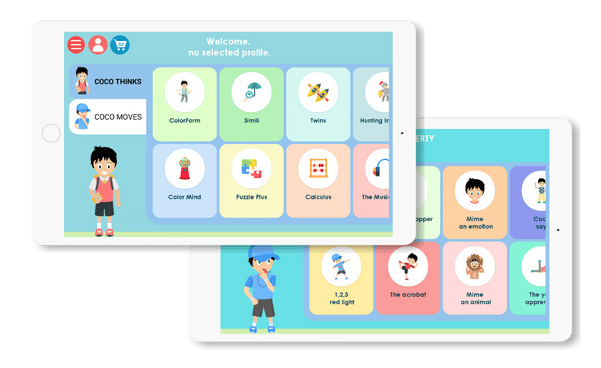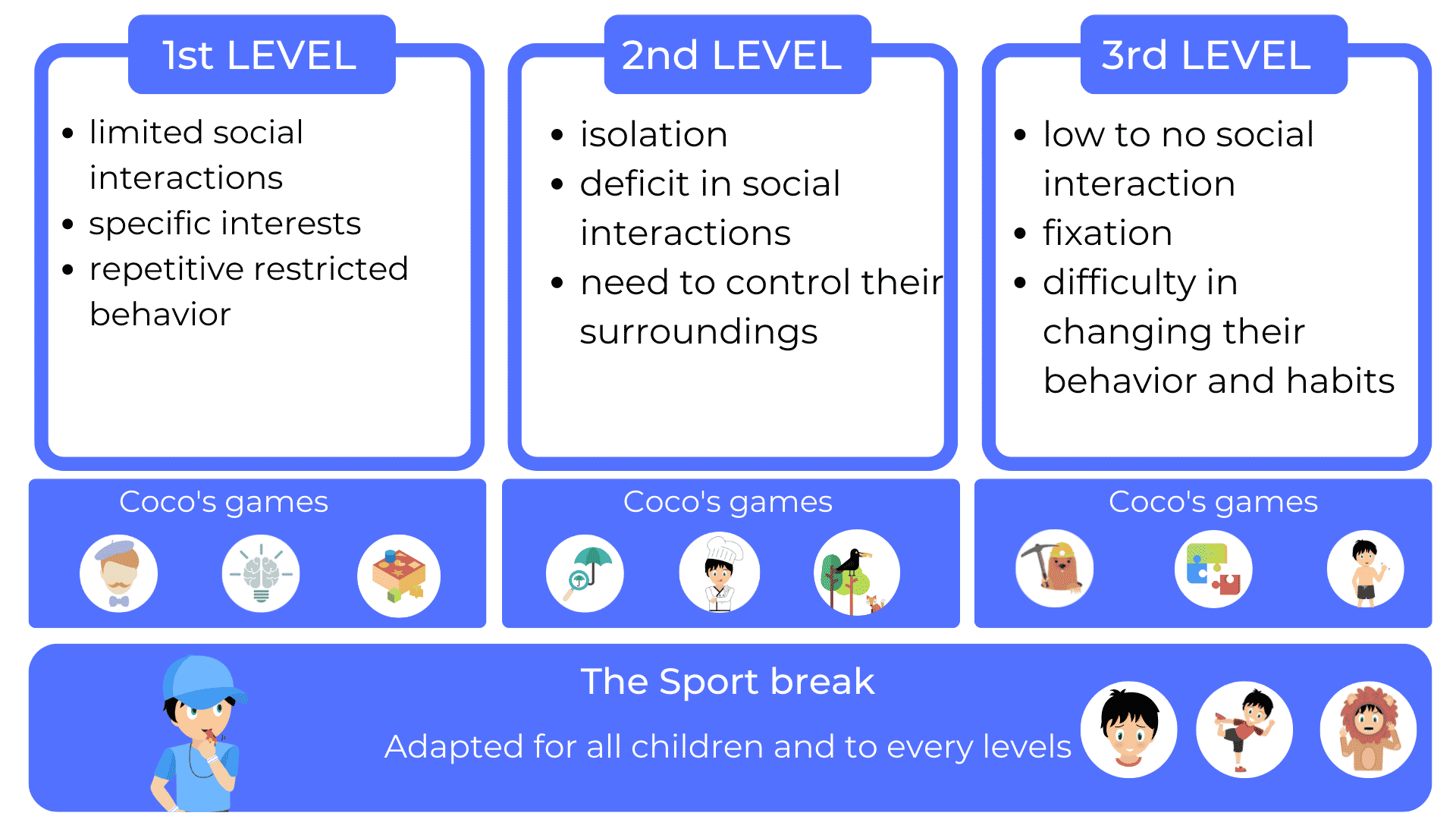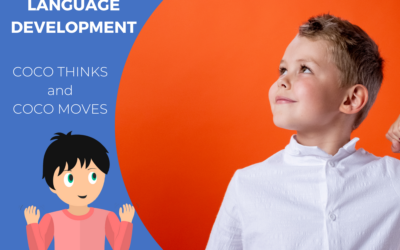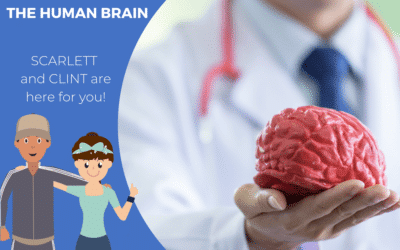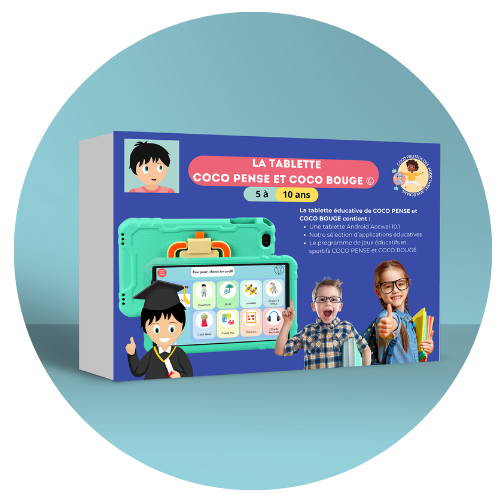Many professions allow helping to manage certain disorders and to regain a comfortable life by respecting a follow-up over several sessions. Speech therapy is a medical field that allows an autistic person with language difficulties to regain an effective means of communication. A speech therapist will act step by step to help the patient develop their language effectively.
Would you like to know more about a speech therapist’s work? We have prepared an article to provide you with the information you need and to help you understand the importance of a speech therapist for a person with autism. So don’t wait any longer to read the rest of this article!
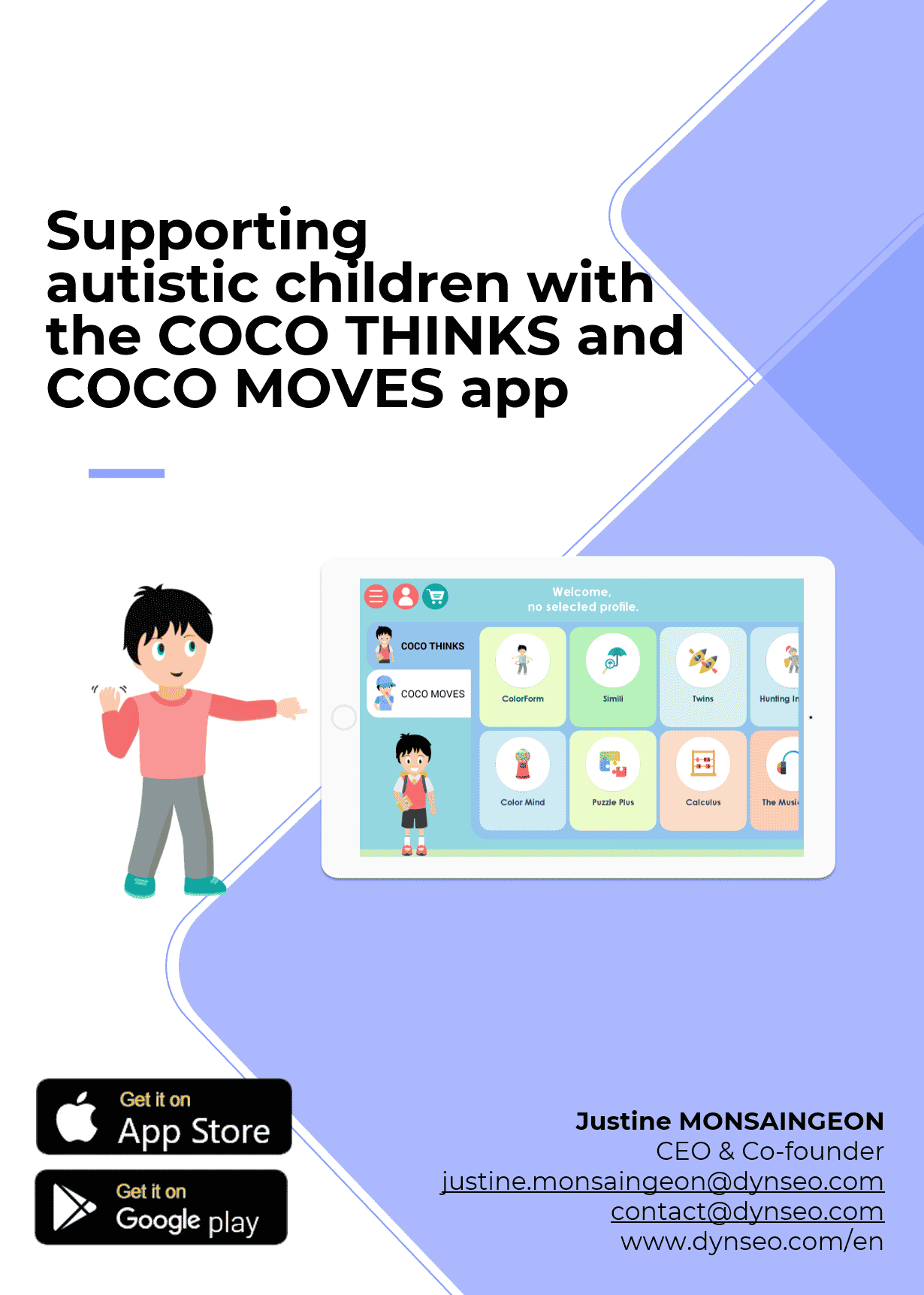
What is a speech language pathologist?
A speech-language therapist (SLT) or speech language pathologist is very important for autistic people because their actions during sessions will help develop language more easily. This part is essential to succeed in helping an autistic person wishing to integrate more easily. It is, therefore, important to know how to communicate with classmates, for example.
A speech and language therapist will also help their patient to work on the language’s social part by concentrating on the pragmatic aspect, this will allow the autistic person to gradually gain self-confidence.
The work of a speech-language therapist is quite comprehensive as the sessions will often be varied to work on different aspects of language. By calling on a speech therapist, the autistic person will benefit from support on stuttering and lisping, but the work will be done at different levels.
A speech-language therapist will work on sound production, grammar, comprehension, reading, writing, and the ability to express oneself appropriately.
The role of the speech language pathologist with your child
People with autism, whether adults or children, find it difficult to express themselves in the right way by getting the right message through. A speech-language therapist will, therefore, help their patients work on the elements listed above to enable them to speak appropriately to express their wishes and needs.
However, each session will be different depending on the person, to treat the disorders in a personalized manner. Children will have a different approach depending on their sensitivity. It is important to understand that a speech-language pathologist will adapt throughout the sessions, depending on the child’s age and needs.
It is important to understand the support role of a speech and language therapist with the different elements treated. You can increase the willingness and desire to communicate while helping the child with autism to enrich their vocabulary. Each session will help encourage the child to communicate appropriately according to the situation. By making the right decisions naturally, the child will be able to participate more regularly by being attentive to the people with whom they are communicating. The speech-language therapist’s work will enable every person with autism to gradually develop social skills.
It is, therefore, important to understand the importance of the speech therapist’s role and to organize regular sessions that will allow the autistic child to progress with professional support.
Support over time to achieve goals
Once the speech-language pathologist has worked with the autistic child for several sessions, they will quickly start seeing results. But this does not mean that the speech therapist’s work is finished, quite the contrary.
This accompaniment must be regular to maintain development. This will allow the autistic person to speak longer and more clearly while forming more complex sentences over time.
Once a person with autism has regained the ability to communicate, we must continue to improve this skill while learning to better integrate in society. It will also be a good way to learn politeness and the different social norms that will make it possible to integrate easily by following the speech therapy sessions with assiduity.
It is, therefore, important to start sessions with a speech-language therapist as early as possible and regularly to work on necessary points. Activities will vary to allow the autistic child to work while being stimulated, without forgetting many educational games that it will be possible to carry out at home to continue working overtime.
You now know the importance of a speech and language therapist’s work and their role in language. All you will have to do now is to organize a session for the first contact and to follow every advice given by the qualified speech therapist who will help the person with autism to regain language ability to integrate easily into society.
The COCO THINKS and COCO MOVES app,
educational games on tablet
COCO THINKS and COCO MOVES is an educational games program offering children from 5 to 10 years old the possibility to work on their speech and understanding. With its adpated interface, this program encourages children to handle the tool!
The Coco educational game software is an integral part of the children’s world, it is simple and intuitive. It helps develop concentration while promoting children’s autonomy thanks to 18 available games.
Brain Storm
In this game, the child has to find a proverb from the words present on the screen.
With this game you can stimulate word recognition and sentence structuring, but you also stimulate social language. Here the child can learn the hidden meaning of words or phrases. That way, he will be able to recognize these types of sentences better during a conversation and he will know what to do.
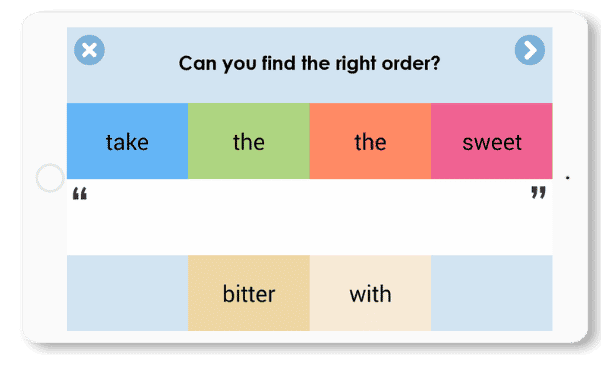
AN EDUCATIONAL AND PHYSICAL PROGRAM
Note that it is also possible to use the app with sports activities, to adapt the games to your child. Personalize his experience and teach him to concentrate.
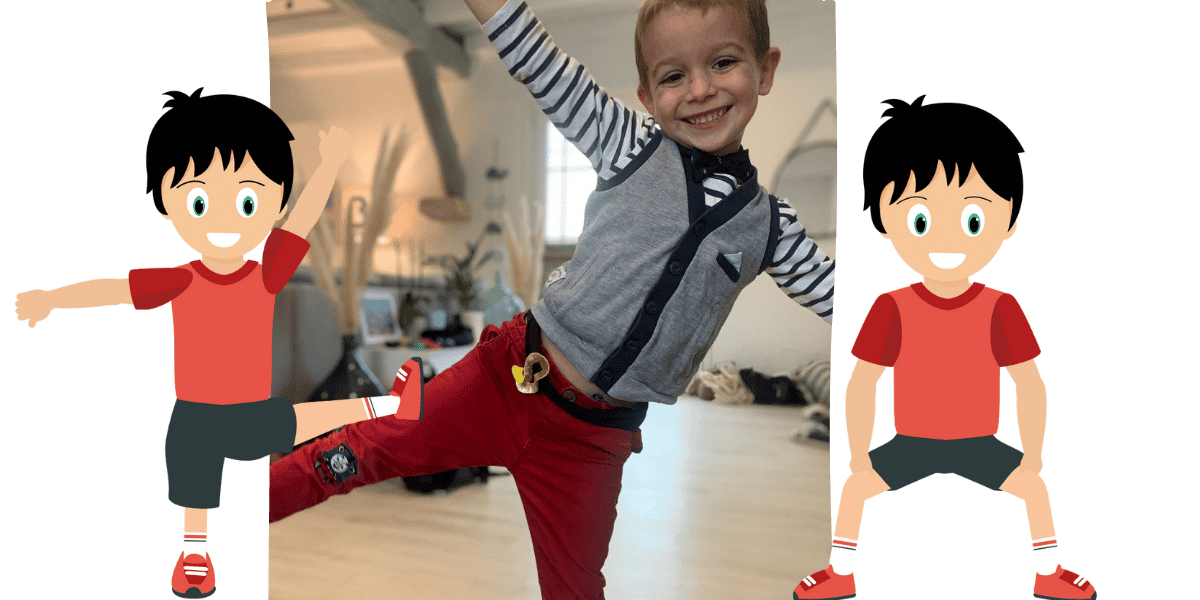
COCO MOVES’ PHYSICAL GAMES
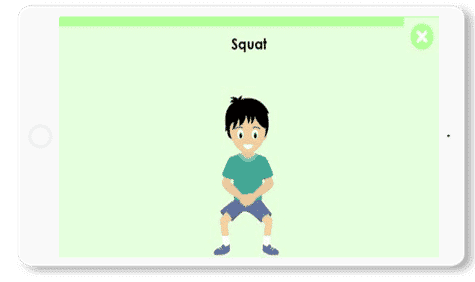

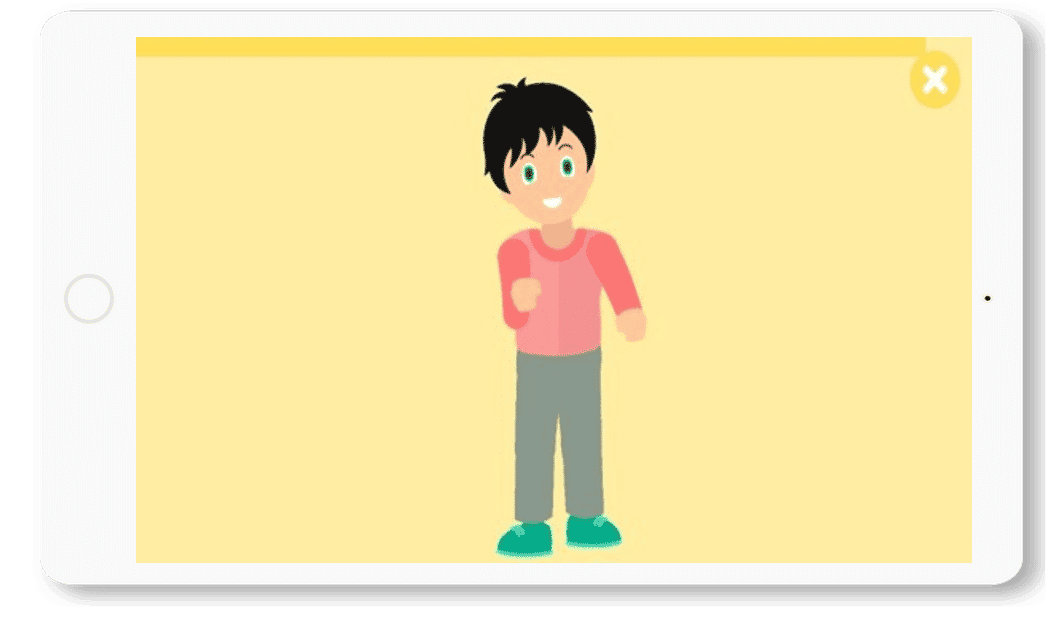
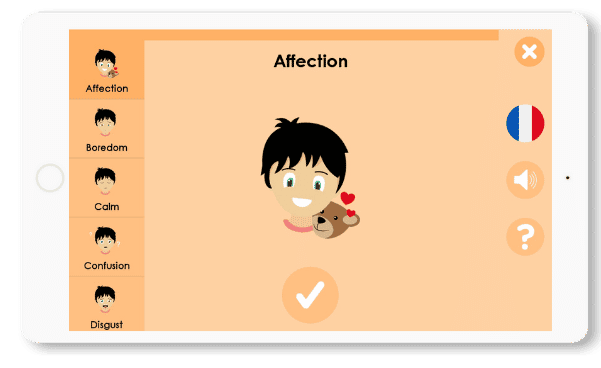
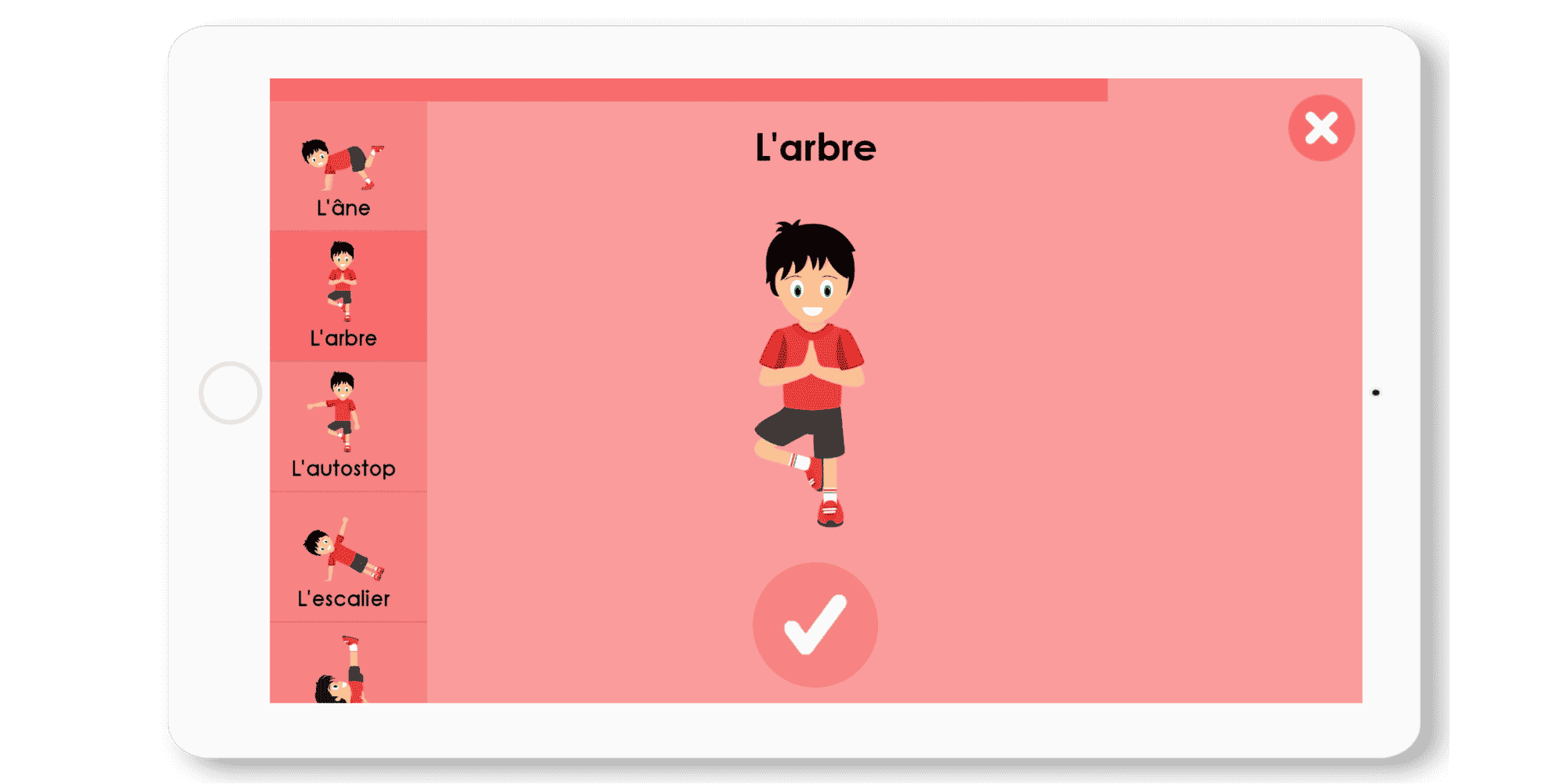
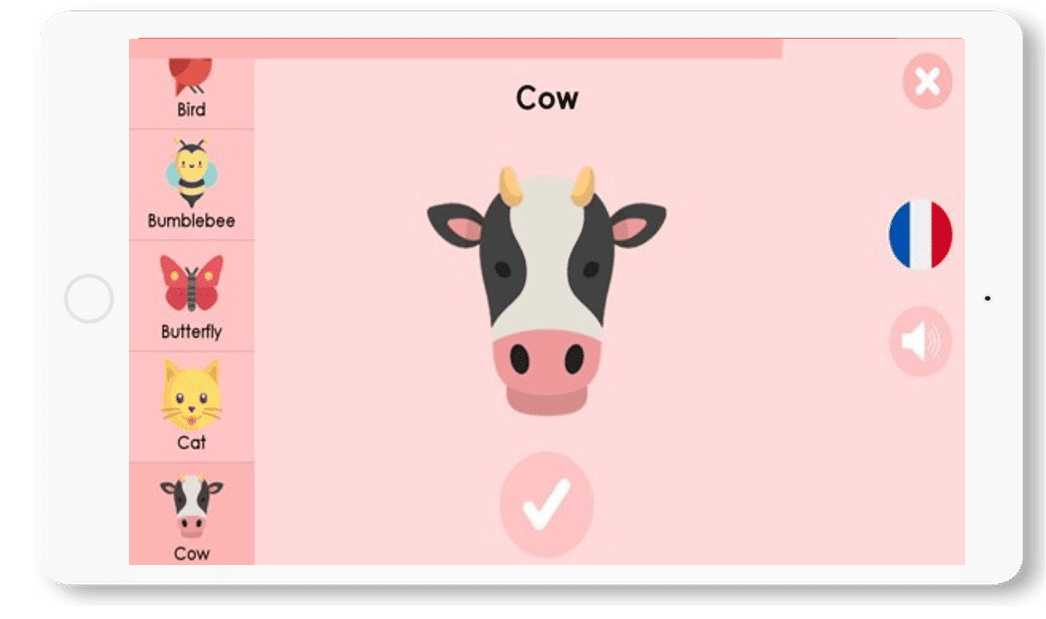
The COCO THINKS and COCO MOVES app is therefore really beneficial for autistic children because the games can be adapted to each person and their needs.
Other articles you might be interested in:
Supporting children with autism
Dynseo proposesSUPPORTING CHILDREN WITH AUTISM with COCO THINKS AND COCO MOVESDynseo and its team are very much...
Supporting DYS children with COCO THINKS and COCO MOVES
Dynseo proposesDYS disorders with COCO THINKS and COCO MOVESOur educational and pedagogical games program COCO THINKS...
Language development
Children communicate from birth with movements, crying, looking at each other or with smiles. After only a few months,...
Supporting children with Down Syndrome with Coco
Dynseo proposesDOWN SYNDROME with COCODown syndrome is a non-hereditary chromosomal abnormality that leads to the...
Supporting people after a stroke
Dynseo proposesStroke with CLINT, your brain training coachThe Dynseo team is very involved in helping people who have...
Supporting someone with Alzheimer’s
In this guide, we will detail how SCARLETT can be used for supporting someone with Alzheimer's. SCARLETT is a...
10 myths about the human brain you didn’t know
The brain is an incredible muscle, however there are many things we do not know, and what we do know is not always...
Using Digital Tools to Support Students with Special Educational Needs
Special Educational Needs (SEN) encompass a wide range of learning difficulties and disabilities that can hinder a...
Down Syndrome and Communication: Facilitating Interaction with Visual and Interactive Supports
When we think about Down syndrome, we often recognize it as a genetic condition that affects physical and cognitive...
How to Track Progress in People with Down Syndrome Using Digital Tools
Down syndrome, a genetic condition caused by the presence of an extra chromosome 21, affects approximately 1 in every...


